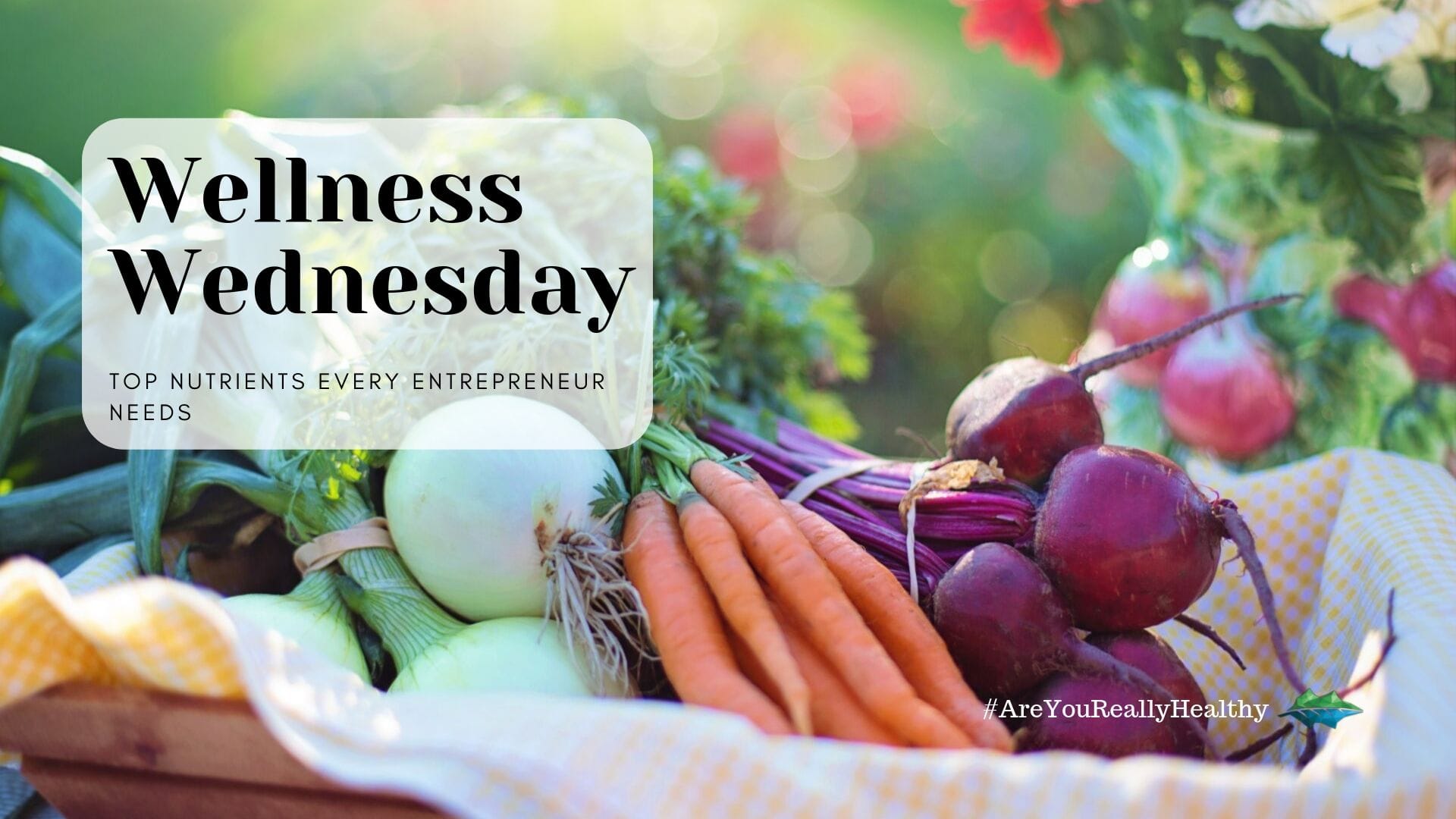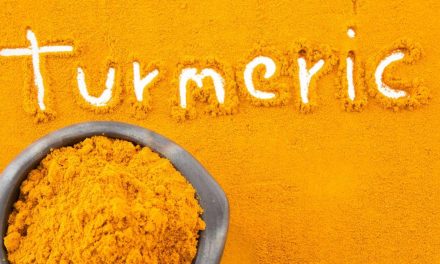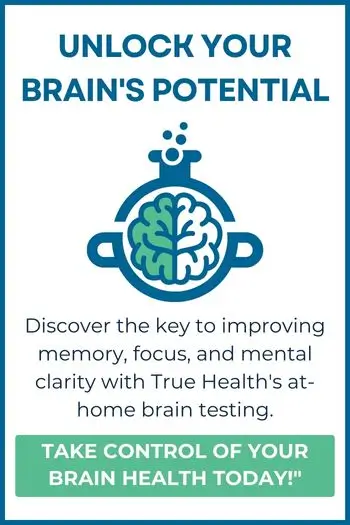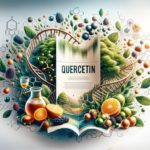What you choose to fuel your body with is critical for unleashing your full potential and performing at the top of your game. If you have a high-performance car that requires top-notch fuel and you choose to buy the cheapest grade possible, will your car’s performance be altered? Simple answer…YES! While I believe it’s important to enjoy your food, I believe it’s more important to properly fuel the body for the activities and demands you and the world around you are putting on yourself. The phrase you are what you eat is not far from the truth.
Vitamin A
Benefits: Keeps your skin healthy and strong, which anyone spending time outdoors needs. The skin is essentially our armor protecting us from the outside world. Vitamin A is also critical for healthy eyesight. Making sure you’re meeting your daily requirements will help bolster eyesight.
Dosage: Men require 900 micrograms per day, women require 700 micrograms/day, kids 9-13 years old require 600 micrograms per day and kids 4-8 years old require 400 micrograms per day.[1]
Where to get it: Sweet potatoes are chock-full of vitamin A meeting more than 500% of an adult’s daily requirements. You can also get it from Kale and Cantaloupe.
Vitamin B12
Benefits: Helps the body break down fat and protein into usable energy to help you get through your workouts/practice/games/competitions. It also helps form new red blood cells which transport oxygen throughout the body. Deficiency can lead to a type of anemia and fatigue.
Dosage: Men and women require 2.4 micrograms per day, kids 9-13 years old require 1.8 micrograms per day and kids 4-8 years old require 1.2 micrograms.[2]
Where to get it: A 3-ounce grass-fed burger packs 2.2 micrograms of B12. Another good source is milk.
Calcium
Benefits: 99% of your calcium is stored in your bones and teeth. Making sure you’re getting your daily requirement aids in keeping your bones and teeth strong and healthy. It is also an electrolyte, which is critical for proper muscle and blood vessel contraction.
Dosage: Men and women require 1,300 milligrams per day, kids 9-13 years old require 1,300 milligrams per day and kids 4-8 years old require 1,000 milligrams per day.[3]
Where to get it: One cup of milk offers an impressive 30% of your daily requirement but milk alternatives (almond, coconut, etc.) pack more than 45%. You can also get calcium from spinach and chia seeds.
Choline
Benefits: Choline is vital for proper liver function and brain development. It also helps the body form a particular neurotransmitter (acetylcholine), which is required for good muscle control/coordination, memory and focus. It has also been shown in research to increase your time to fatigue.
Dosage: Men require 550 micrograms per day, women require 425 micrograms per day, kids 9-13 years old require 375 micrograms per day and kids 4-8 years old require 250 micrograms per day.[4]
Where to get it: The best source of choline is the yolk of an egg, which contains 610 milligrams. Other sources include beef liver, beef and Brussel sprouts.
Vitamin C
Benefits: Building collagen in your skin, cartilage and all other connective tissues keeping them plump and healthy. Collagen levels start decreasing at age 18. Vitamin C is also a powerful antioxidant, which sops up the free radicals you’re exposed to when outside (i.e. pollution).
Dosage: Men require 90 milligrams per day, women require 75 milligrams per day, kids 9-13 years old require 45 milligrams and kids 4-8 require 25 milligrams per day.[5]
Where to get it: Two small kiwis offer more than 100% of your daily quota. Other great sources are all citrus fruits, asparagus, berries, broccoli, cabbage, and melons.
Vitamin D (Vitamin D3)
Benefits: Aids in reducing injuries. Research has shown that athletes with low vitamin D levels have elevated blood markers for inflammation. It strengthens the bone and helps prevent osteoporosis. It is also critical for a healthy immune system, which is continually taxed when you’re an athlete. There is growing evidence that it protects against cancer.
Dosage: While I believe these numbers are quite low and prefer to rely on blood tests to get a more accurate picture of what each patient needs, the National Institutes of Health (NIH) suggest that men and women with adequate blood levels of vitamin D require only 200IU per day and they recommend the same dosing for children of all ages. I recommend 5,000IU per day for all of my adult patients in general. I recommend 1,000IU per day for kids under the age of 8 and 2,000IU per day for kids 9-13 years old. No adverse effects have been shown in daily dosing up to 10,000IU per day.[6]
Where to get it: 3 ounces of salmon packs 410IU. Other sources included eggs, milk, tuna, and sardines.
Vitamin E
Benefits: Helps in keeping the body young and resilient. It aids the immune system in protecting you against bacteria and viruses. It also is a good anti-inflammatory antioxidant protecting you from free radicals and is necessary for helping keep your blood vessels open and pliable.
Dosage: Men and women require 15 milligrams per day, kids 9-13 years old require 11 milligrams per day and kids 4-8 years old require 7 milligrams per day.[7]
Where to get it: One ounce of almonds (about 23 almonds) gives you nearly 37% of your daily requirement. Other sources included sunflower seeds and olive oil (never heat this oil as it breaks it down making it rancid and filling you full of free radicals that damage cells).
Fiber
Benefits: Aids in maintaining weight, keeping regular, regulating blood sugar levels and lowering cholesterol.
Dosage: Men require 38 grams per day, women require 25 grams per day, boys 9-13 years old require 31 grams per day, girls 9-13 years old require 26 grams per day and kids 4-8 years old require 25 grams per day.[8,9]
Where to get it: 1 cup of raspberries offers 8 grams of fiber. Other great sources include peas, chickpeas, artichokes, berries, and prunes.
Iron
Benefits: Iron transports oxygen to the muscles and if deficient can leave you feeling fatigued and powerless during your workouts.
Dosage: Men require 8 milligrams per day, women require 18 milligrams per day, kids 9-13 years old require 8 milligrams per day and kids 4-8 years old require 10 milligrams.[10]
Where to get it: Red meat and dark poultry meats. Other sources include lentils, nuts and dark (70%) chocolate for all you chocolate lovers.
Magnesium
Benefits: It is necessary for the proper functioning of the nervous, muscular and cardiovascular systems. Most Americans are deficient. Cramping is one of the earliest signs of lack of magnesium. It is involved in over 80% of all biochemical processes. The most important of these is its role in energy metabolism. It is particularly important during strenuous exercise.
Dosage: Men require 400 milligrams per day, women require 310 milligrams per day, kids 7-10 years old require 170 milligrams and kids 4-6 require 120 milligrams.[11]
Where to get it: One ounce of pumpkin seeds contains nearly one fifth your daily quota. You can also get it from leafy green veggies and other nuts. Diets higher in fat can reduce the body’s ability to absorb magnesium so your intake will need to be more. If you choose to supplement with magnesium, stay away from magnesium oxide as it’s very hard to absorb. Magnesium citrate is the most commonly used as it’s the cheapest form of magnesium. It is what you’ll find in natural laxatives, so be careful in using too much of this form as diarrhea and abdominal cramping can result. The forms I recommend to my patients are magnesium glycinate, magnesium malate and magnesium L-threonate (which is great for brain function too). These are the electrolyte/rehydration formulas I recommend to my patients.
Omega-3s
Benefits: Postexercise recovery! Research has shown that omega-3’s reduce the level of inflammation, which also means those daily aches and pains you might be experiencing could be diminished by adding in the right amount of omega-3 fatty acids on a daily basis. This improves tissue repair and reduces muscle pain. It is also incredibly important for proper brain development and function.
Dosage: It is recommended to eat a diet full of cold water fish a couple of times per week from clean sources, no fish farms. If supplementing for adults and adolescents, aim for 700-1,000 milligrams of EPA and 200-500 milligrams of DHA per day.[12] For kids, there are no recommendations. Research has suggested anywhere from 1-3 grams per day for children with ADD/ADHD and autism. I recommend that kids get about 1 gram per day for disease prevention and development.
Where to get it: One can of sardines pack in nearly 1,400 milligrams of omega 3’s. If you don’t enjoy the cold-water fish, you can also get omega 3’s from flaxseed oil, chia seeds, and nuts. My preferred source is the Ultra Omega. Its purity and absorbability are unmatched.
Potassium
Benefits: Involved in adequate hydration, muscle function, and blood pressure regulation. Combined with sodium, this is the most important electrolyte. Potassium helps your muscles contract and relax and contributes to fluid balance in the body.
Dosage: Men and women require 4.7 grams per day and kids 4-8 years old require 3.8 grams per day, although children can safely take in the same amount as adults.[13]
Where to get it: One baked potato offer 17% of your daily requirement. Other sources include celery, bananas, dried fruit, and yogurt. Potassium is commonly in a lot of sports drink as well, here’s the one I recommend to my patients.
Selenium
Benefits: Antioxidant that can ease post-exercise cell damage, aids in proper thyroid function, boosts the immune system and helps regulate metabolism.
Dosage: Men and women require 55 micrograms per day, kids 9-13 years old require 45 micrograms and kids 4-8 require 30 micrograms per day.[14]
Where to get it: The easiest most calorie sufficient way is to eat just one Brazil nut, which packs in 137% of your daily requirement. Other sources include Brewer’s yeast, garlic, sunflower seeds, seafood, and organ meats.
Sodium
Benefits: Important for aiding in hydration and electrolyte balance in the body. Helps prevent muscle cramping especially if you are a “salty” sweater. Did you know your electrolytes can become unbalanced just by living in a hot environment, especially if there is any level of humidity? You could become dehydrated simply by running your errands when the weather is warm. Don’t be fooled though, you can easily throw off your electrolyte balance in the winter months as well. Stress alone makes our body burn through more electrolytes.
Dosage: Men and women should limit intake to 2,300 milligrams per day and kids only need between 1,000 and 1,300 milligrams per day.[15]
Where to get it: You generally do not need to seek out sodium as it’s naturally occurring in a lot of the foods that we commonly ingest. If you are a very “salty” sweater, it is good to replace what you’ve lost after exercising. Foods highest in sodium generally are cheeses, chicken and sports drinks. Three ounces of turkey deli meat generally contains up to 1,050 milligrams. Another excellent source is by adding Himalayan or Celtic sea salts to your food. Research has shown these unrefined salts actually help to lower blood pressure. Sweet!
Protein (Allergen-Free Protein)
Benefits: Enhances muscle strength, endurance, and deep recovery. Provides the building blocks to the muscular system for recovery. Aids in fueling the muscles and protecting muscular breakdown during workouts.
Dosage: Men require around 56 grams of protein per day, women require around 46 grams of protein per day, kids 9-13 years old require approximately 34 and kids 4-8 years old require 19 grams of protein per day.[16] However, depending on what your goals are, there are more specific guidelines. If your goal is bodybuilding, then consume 1.0-1.6 g/lb body weight. If your goal is for power and speed, consume 0.9-1.1 g/lb body weight. If you’re dieting and trying to lose weight, consume 0.35-1 g/lb body weight. For endurance, consume 0.7-0.9 g/lb body weight. If you’re recovering from an injury or trauma, consume 0.9-1.4 g/lb body weight. Finally, if you’re stressed, it’s suggested to consume 0.45-0.7 g/lb body weight.[17]
Where to get it: Three ounces of boneless pork chops packs 26 grams! Other great sources are grass-fed beef, dark meat poultry, Greek yogurt, cottage cheese, eggs, milk to name a few.
Incorporate as many of these delicious, nutrient-dense foods into your diet as often as possible to help unleash your full potential and have you out-performing the competition. Supplementation of such vital nutrients is also an option and really has become a necessity. I, along with many other healthcare providers of all disciplines, recommend a good multi-vitamin, omega 3, vitamin D and probiotics. Click here to learn more about the need for supplementation.
#WellnessWednesday
#AreYouReallyHealthy
References:
- http://www.mayoclinic.org/drugs-supplements/vitamin-a/dosing/hrb-20060201
- http://www.mayoclinic.org/drugs-supplements/vitamin-b12/dosing/hrb-20060243
- https://www.nichd.nih.gov/health/topics/bonehealth/conditioninfo/Pages/children.aspx
- http://www.drweil.com/drw/u/ART03240/Choline.html
- http://www.drweil.com/drw/u/ART02811/facts-on-vitamin-c
- http://www.drweil.com/drw/u/ART02812/vitamin-d
- http://www.drweil.com/drw/u/ART02813/facts-about-vitamin-e
- http://www.webmd.com/food-recipes/fiber-how-much-do-you-need
- http://www.superkidsnutrition.com/mt_howmuchfiber/
- http://ods.od.nih.gov/factsheets/Iron-HealthProfessional/
- http://www.drweil.com/drw/u/ART02805/magnesium.html
- http://www.drweil.com/drw/u/ART03050/Fish-Oil-Omega-3-Dr-Weil.html
- http://www.drweil.com/drw/u/ART02807/potassium
- http://ods.od.nih.gov/factsheets/Selenium-HealthProfessional/
- http://www.drweil.com/drw/u/ART02808/sodium
- http://www.cdc.gov/nutrition/everyone/basics/protein.html
- http://www.bodybuilding.com/fun/bbprotein.htm












